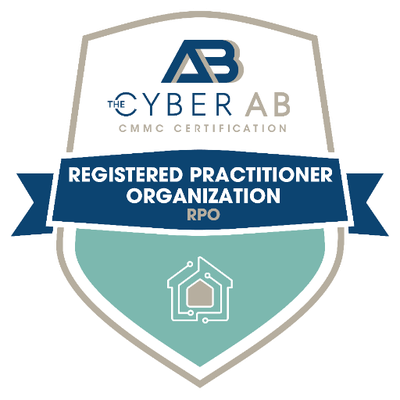Need to Meet CMMC Compliance?
Schedule Your CMMC Readiness Assessment
Fill out the form below to start the process
"*" indicates required fields
Learn More About CMMC and NIST Compliance
Check out some of our technology and DOD cybersecurity articles.
Contact us
About SSE
Contact Us
Interested in how SSE can optimize your business systems to ensure maximum availability and security? Contact our team today, and take a leap forward into the future of technology.
9666 Olive Blvd # 710,
St. Louis, MO 63132
info@sseinc.com | (314) 439-4700








NIST 800-53 (Questions/Answers)
One of the most important tasks business and IT leaders struggle with today is making sure data is managed properly and is kept as secure as possible.
Any type of data breach or loss of information can be devastating for an organization. The federal government has provided specific guidelines to help companies manage the risk and maintain data as effectively as possible. NIST (National Institute of Standards and Technology) is an agency of the United States government whose purpose is to promote industrial innovation and competitiveness. This agency published NIST 800-53 that covers risk management solutions and guidelines for IT systems. The following is everything an organization should know about NIST 800-53.
What Is NIST 800-53?
NIST 800-53 provides guidelines for managing information systems that maintain any type of government data. Its purpose is to help individuals and organizations implement and maintain basic security controls and the proper responses when incidents do occur regarding sensitive and classified data. These are fundamental security controls that are based on FIPS 199 that includes worst-case analysis. It was written specifically for federal systems and anyone working for or with government agencies. It’s important to note the primary difference between NIST 800-171 and NIST 800-53. NIST 800-171 focuses on managing CUI, while NIST 800-53 is focused on solutions and security measures put in place to make sure classified data is stored, protected, and monitored effectively.
There have been several versions and revisions of NIST 800-53. It was first released in February 2005. Revision 1 was released in December 2006 and Revision 2 a year later. The 5th Revision is currently in draft form and at the time this article was written, has not been finalized. It’s important to note that even organizations and businesses that aren’t required to followed these guidelines are still highly recommended to do so. NIST 800-53 is considered an excellent roadmap for improving and maintaining the highest levels of security.
Those who are required to follow the guidelines include the following:
Why Is NIST 800-53 So Important?
NIST 800-53 is important because it was designed to keep information safe and secure for governmental agencies. Everything from global viruses to increasingly sophisticated hacking plots have made it necessary to create and implement extensive security measures. NIST 800-53 focuses on the central idea of building information systems correctly and then providing continuous monitoring. If these two basic steps are taken, risks to information systems are significantly lowered. There are several specific reasons why following the guidelines is important.
How Do You Implement NIST 800-53?
Before knowing the requirements and how to implement them, it’s important to understand how NIST 800-53 is categorized. First, there are three different security control levels. These include the following impact levels: High Impact Baseline, Medium Impact Baseline, and Low Impact Baseline. There are also three types, and this includes the following:
The following are the specific steps that need to be taken when implementing NIST 800-53.
What are the Requirements?
The requirements for NIST 800-53 in these guidelines cover over 200 controls in 18 specific areas. Each of these areas is known as “control families.” Each of the 18 areas has acronyms such as AC for Access Control and CP for Contingency Planning. According to the NIST websites, the following are each of the 18 areas and some of the control requirements in each category.
How Can a Professional IT Team Help?
Considering the complexity of implementing and maintaining all the requirements of NIST 800-53 it’s crucial to make sure an organization has the assistance of an experienced IT team. If any of the standards are not met, everything from large fines to even the closure of a business may occur. An organization needs the experience and expertise of managed IT to make sure each of the previous guidelines are followed and strictly maintained. There are several good reasons why an organization should bring in managed IT to help implement security measures instead of using on-site IT.
System Services Enterprises (SSE) has been providing excellent technical services since 1966. They have been adapting and growing to meet the rapidly-changing needs of technology. They offer extensive training systems, consulting services, and a variety of managed IT and cybersecurity services. A company can schedule a complimentary compliance consultation to assess the risks their organization faces. Contact SSE for more information.
Click here to get started or call us at 314.439.4700.